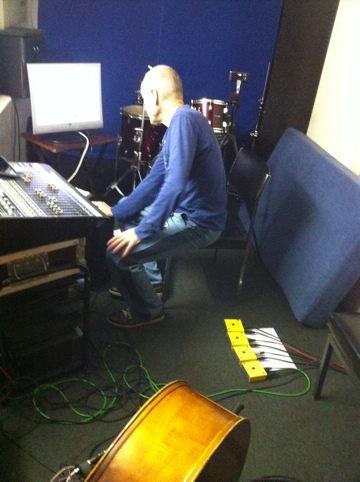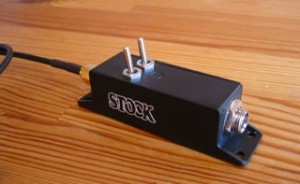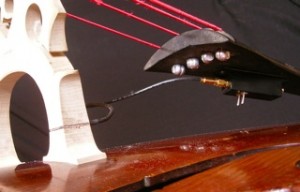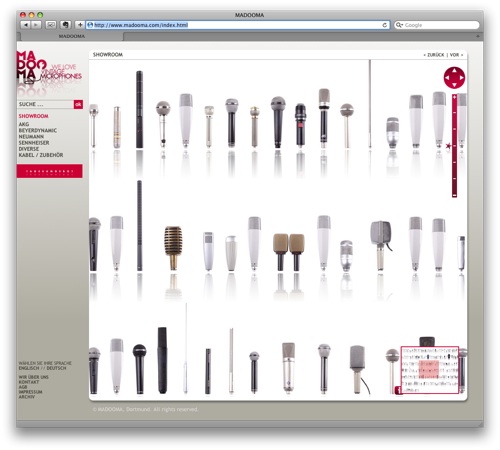I just uploaded a couple of recordings I recently made of my pickup testing bass (thanks at Michael Höfler for help and support). The testing bass has not less than seven pickups mounted, which can be used at the same time.
- dpa 4099 (condenser microphone)
- Ehrlund Pickup + Preamp
- Bassbalsereit Studio
- Realist Wood
- APTflex
- Fishman Full Circle
- Wilson K1
The files were recorded simultaneously (multi track), with no processing or effects at all. The dpa 4099 microphone and the Bassbalsereit Studio (with built-in preamp) went directly into the mixing console. The Ehrlund EAP was recorded with the Ehrlund preamp, for the other pickups I used the Lehle XLR Sunday Driver for buffering (impedance matching). The Lehle SD has no EQ, just a gain control, so the effect should be the same for all pickups.
[soundcloud url=”http://api.soundcloud.com/playlists/1120457″ params=”show_comments=true&auto_play=false&show_playcount=true&show_artwork=true&color=ff7700″ width=”100%” height=”225″ ]
[soundcloud url=”http://api.soundcloud.com/playlists/1120410″ params=”show_comments=true&auto_play=false&show_playcount=true&show_artwork=true&color=ff7700″ width=”100%” height=”225″ ]
Hear my transducer comparison files at http://soundcloud.com/landomusic/sets
Some general thoughts about these recordings: Unlike when you record a CD, I didn’t try to get the best out of each pickup. After installing and adjusting each pickup for best results, I just plugged in (taking care of impedance matching and gain), and that’s it. That’s not what you usually do on stage: you have an amp, which colours the sound, a cab, which also colours the sound, and after all, you have the room acoustics which change the results pretty much, too. These recordings show the basic characters of the pickups – the sound you’ll get from them on stage is a another cup of tea!
(The bass is an old German flatback of average quality, strung up with Spirocore Weich, which probably every Jazz bassist knows.)





![[Portrait of Teddy Kaye, Vivien Garry, and Arv(in) Charles Garrison, Dixon's, New York, N.Y., ca. May 1947] (LOC)](http://farm5.static.flickr.com/4125/4976467461_0480703db4.jpg)
